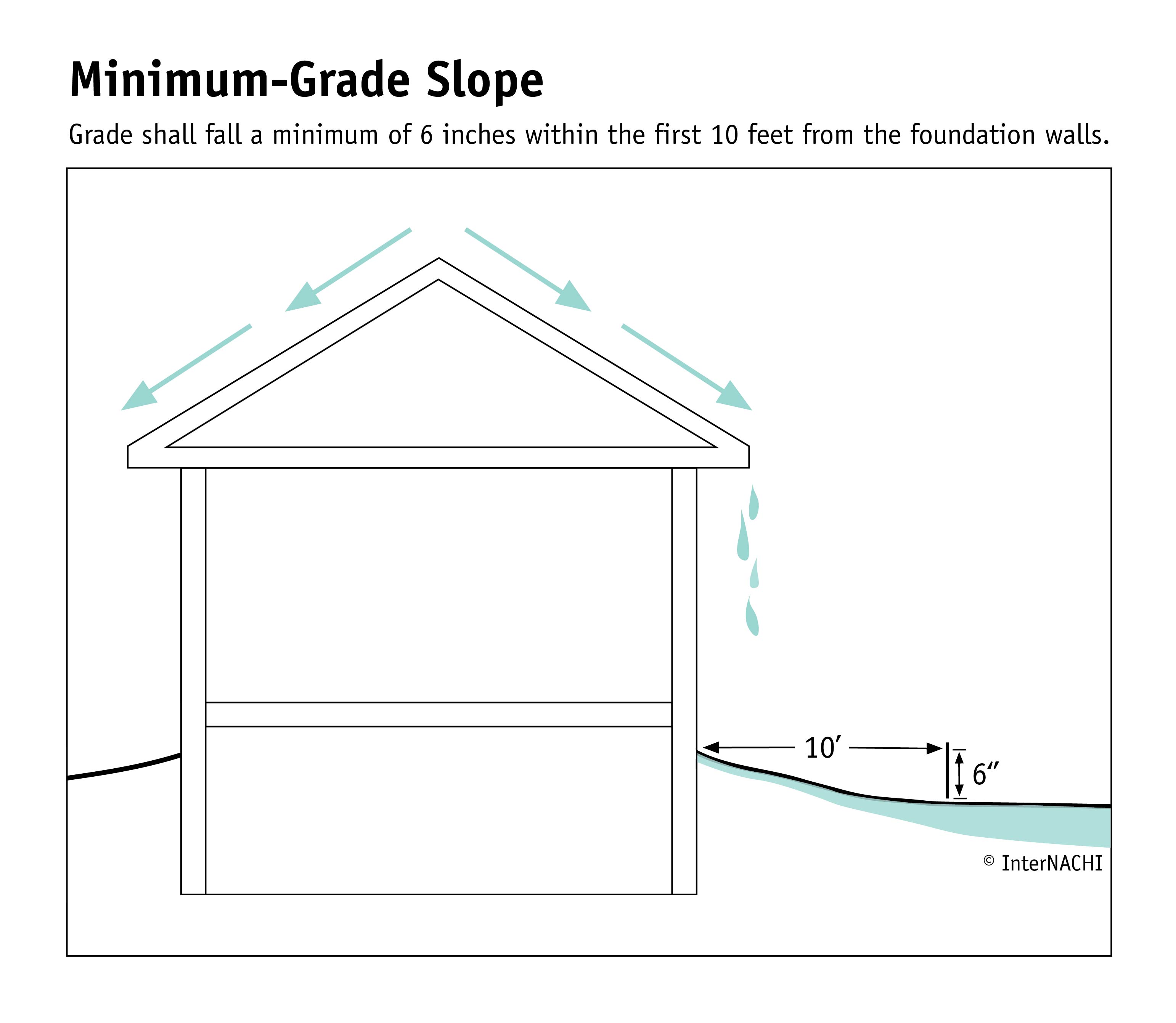Every year, homeowners take precautionary measures to protect their properties from floods and rain water. However, if you fail to pay attention to your storm water drainage system; you may have to deal with expensive in-house plumbing or costly exterior drainage systems.
As water continues can build up and begin to gradually deteriorate your house’s foundation. Moreover, this water also pushes through the grout and concrete to make its way into the basement or crawl space. This is causes dampness and humidity. Since there are little to no setbacks between properties in the San Francisco Bay Area, water is a homeowner’s biggest enemy.
There are a few practical ways to resolve your exterior water drainage complications. You should make all possible efforts to keep the water from damaging the structural integrity of your foundation. In addition, there should be sufficient arrangements for this water to be removed immediately.
Grade the Area
Grading unpaved areas such as back yards and gardens are one of the easiest ways to resolve this issue. Currently, the recommended grading standard is 6” inches of pitch for the first 10’ feet around the foundation. Hard surfaces should be pitch 2-1/2” inch for every 10’ feet (1/4” inch per foot).
Homeowners can also make a swale by creating a downward-sloping crease in the landscape so that the water can flow to lower ground. Beware not to exceed the 2% standard as it can lead to erosion. Slopes of more than 4% or 5% are steep in many landscape situations.
Downspouts
Many homeowners consider downspout extensions rather unfashionable. They are ugly to look at and a big hassle when you mow the lawn. But they can save your foundation and crawl space from some real damage. Current standards recommend the downspouts extensions be at least 5’ feet from the foundation. A possible solution to the aesthetically unpleasing pipe extensions is a recessed downspout extensions or an underground drainage system.
Underground Drainage System
Homeowners that are looking for an underground drainage system can hire a professional to install it on your property. Just make sure they use a PVC pipe rather than a corrugated pipe as the latter is notorious for getting easily choked.
The drainage pipes must be laid on a sand bed or gravel to divert the flow well away from the foundation to keep it stable and dry. Care should be taken that there are no depressions on the ground beneath the pipes or they will be forced into the gap by the topsoil.
Final Thoughts
Always check your pipes regularly and observe al the warning signals from your present drainage system no matter how trivial they are.
Routine maintenance and immediate attention to your sewerage or drainage problems successfully result in less plumbing expenditure with fewer maintenance issues. You should know what is happening in and under your property to steer clear of costly in-house plumbing and exterior drainage hazards.




